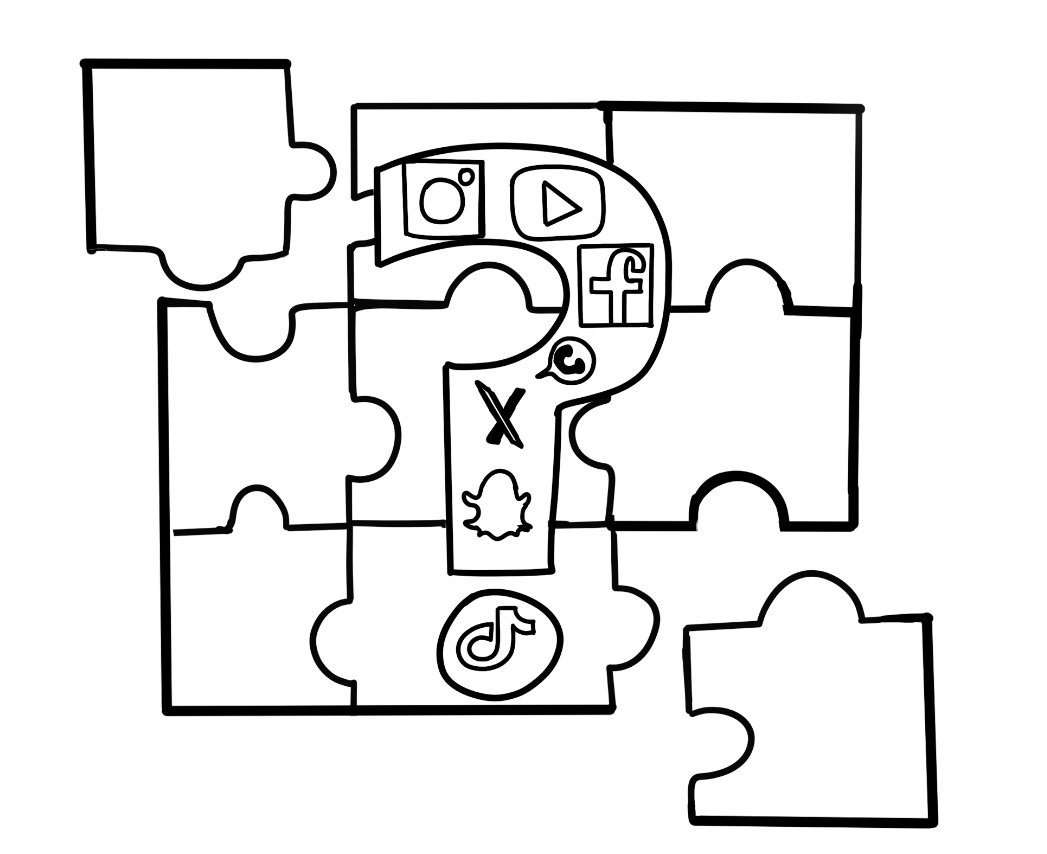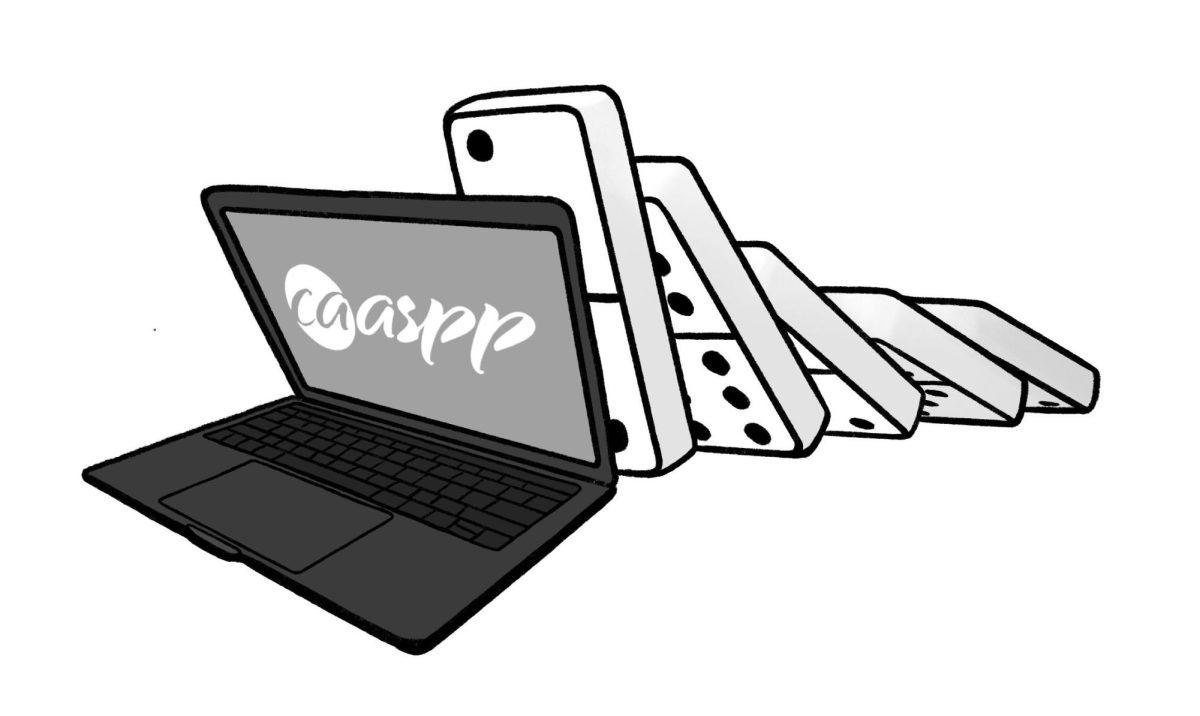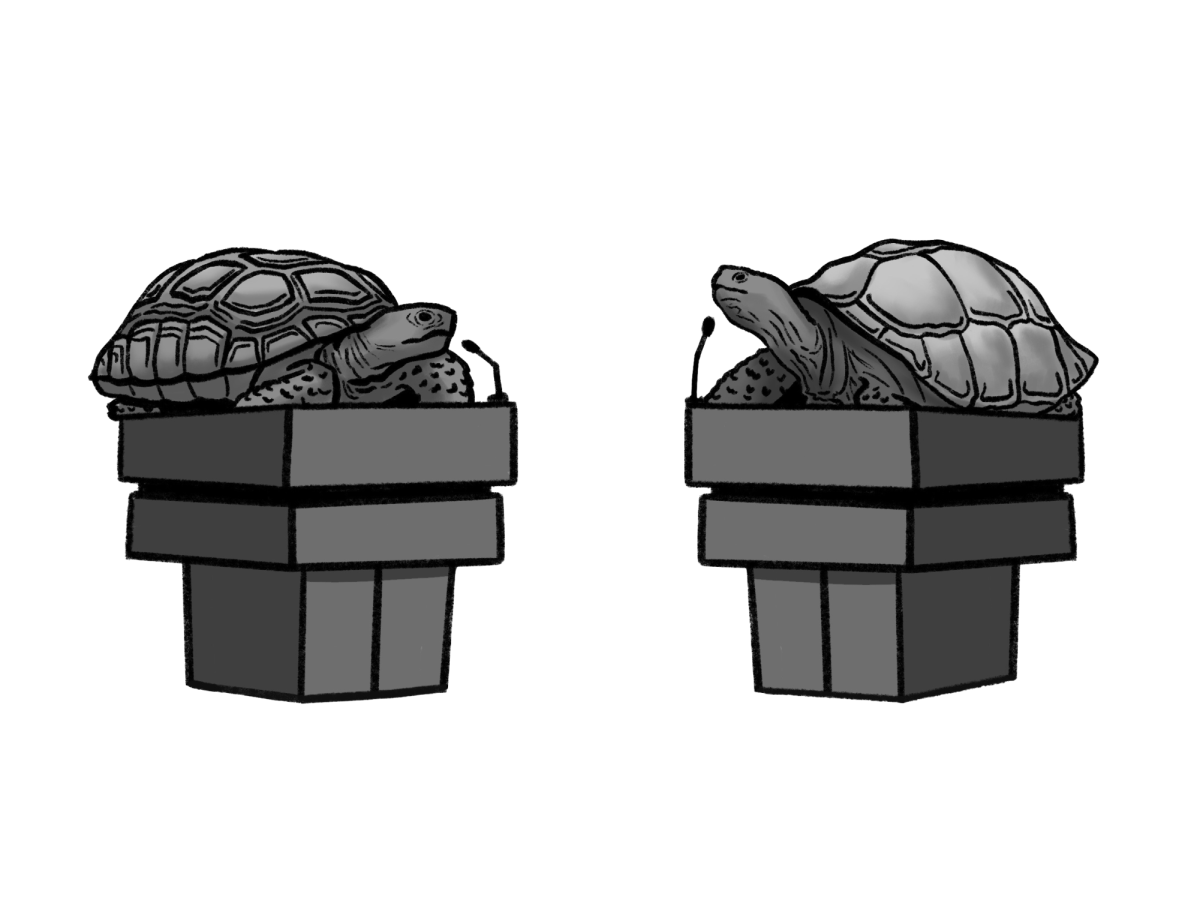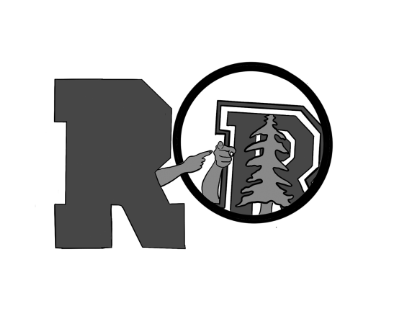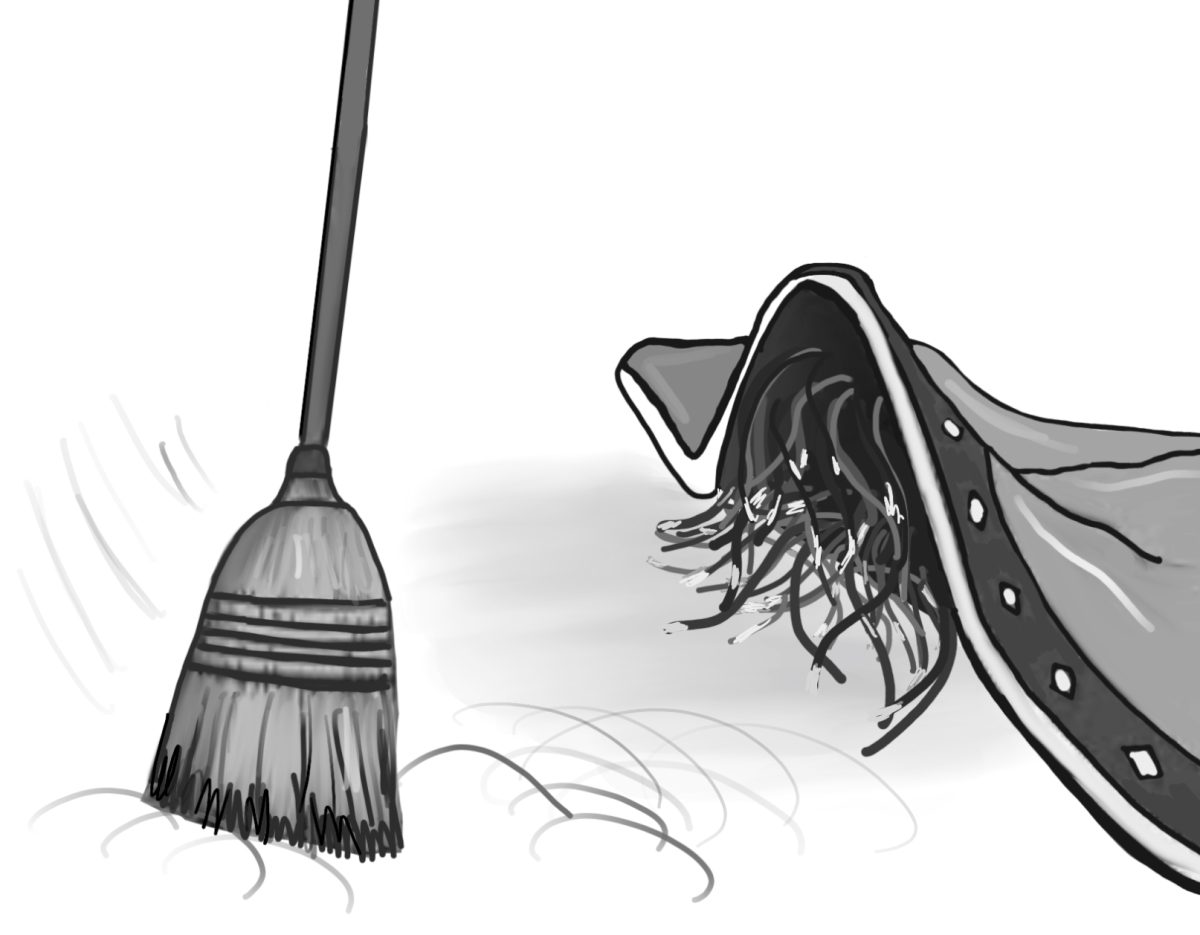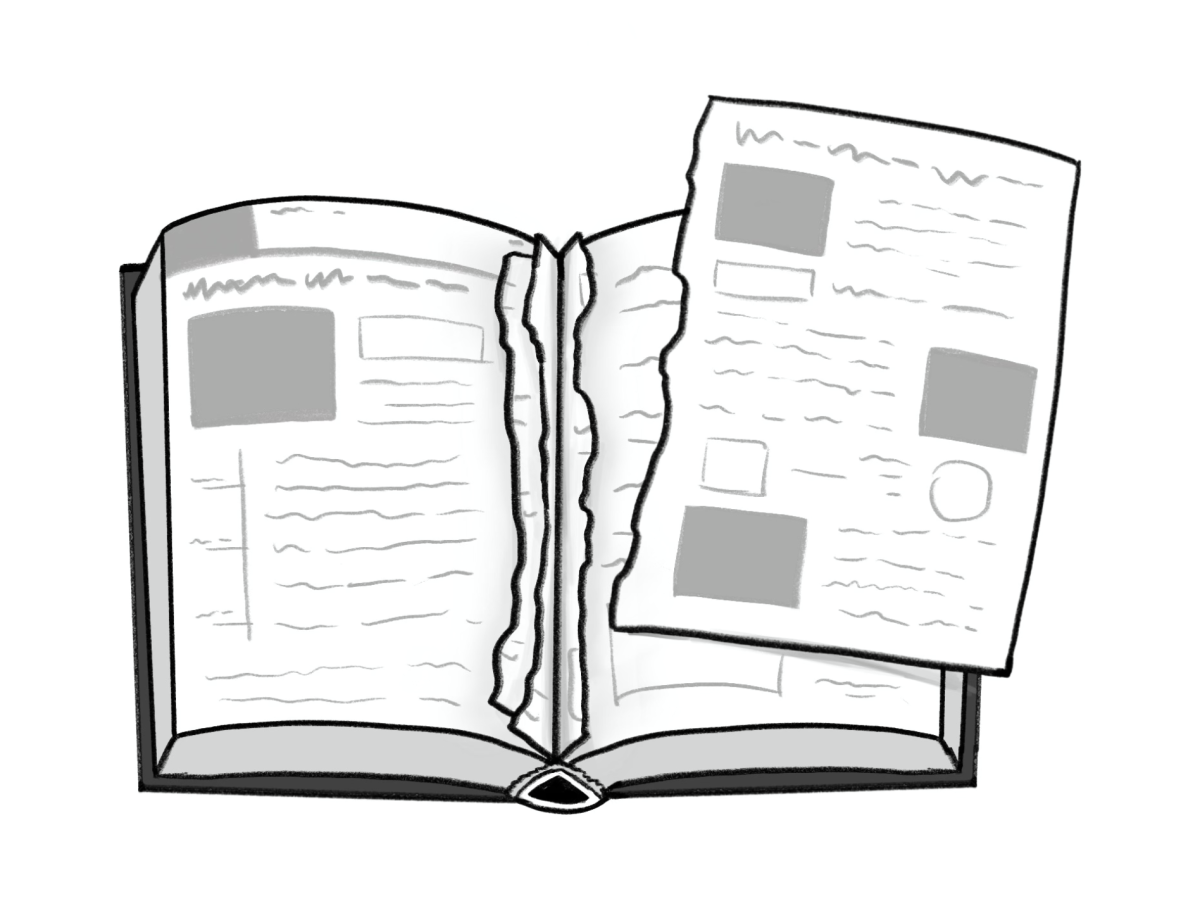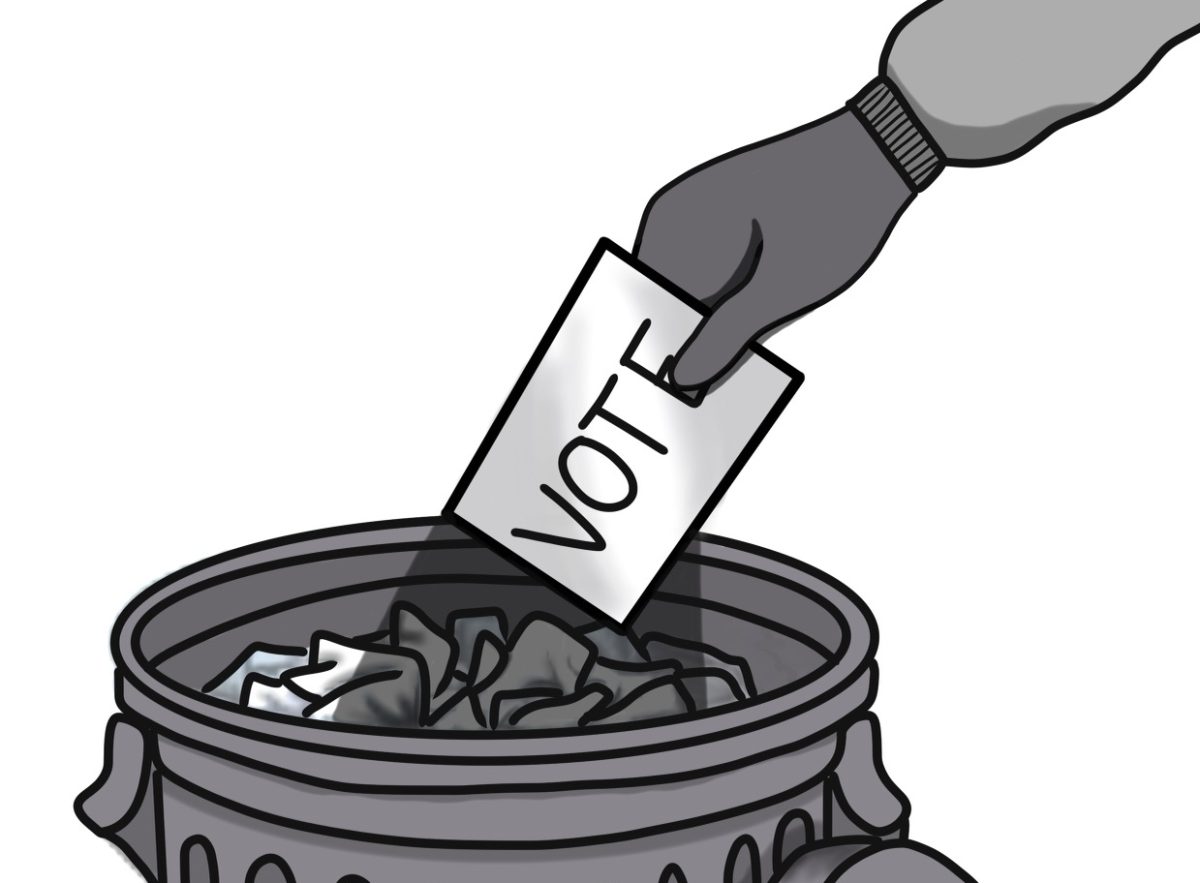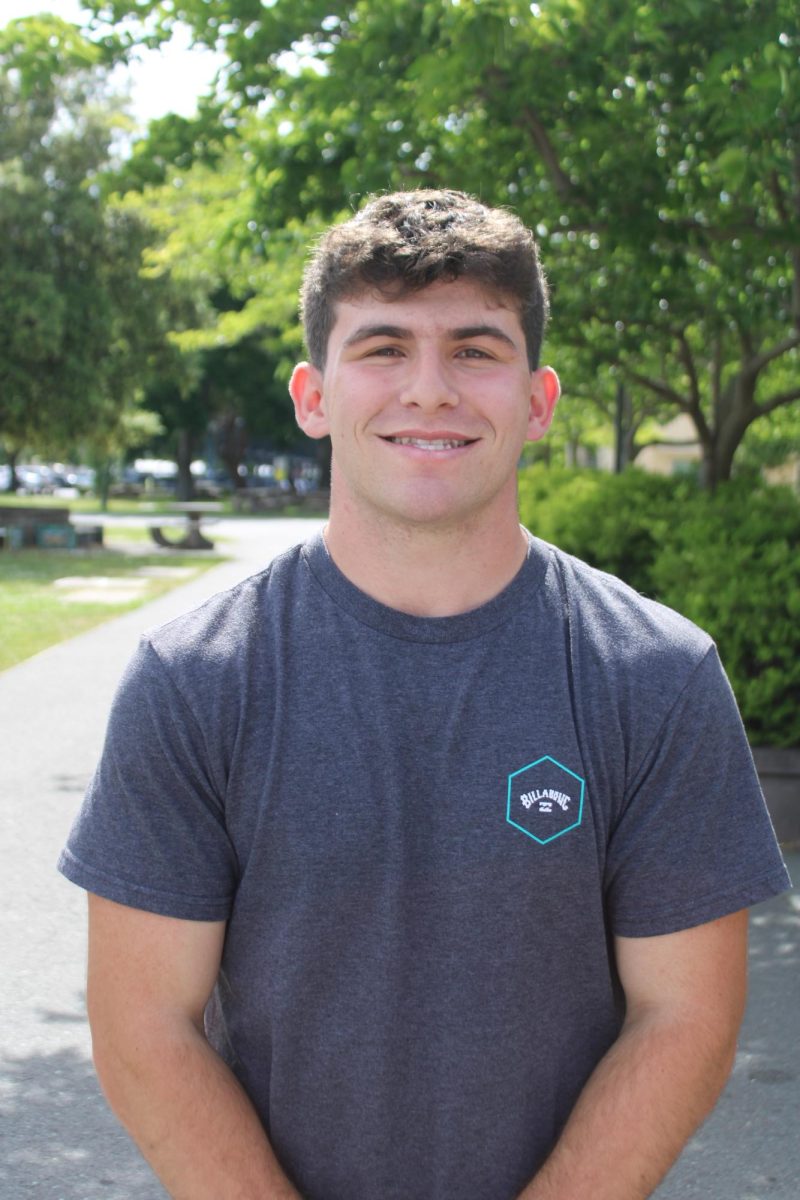According to the Anti-Defamation League (ADL), in 2021 there were 2,717 antisemitic attacks, the most since 1979. While antisemitism may seem like another looming issue on the world stage, the prevalence of antisemitic behavior in our own community is alarming. Temples and synagogues continue to be surrounded by police and security during high holiday services. Covered with metal detectors and flashing police lights, these instances show how Jews have had to adapt to the rise in antisemitism to ensure their communties’ safety.
Fueled by the radical left and right political movements, as well as instigation on social media, this rise in hateful occurrences has become apparent on campus, with multiple instances of antisemitic behavior at Redwood. Such incidents include a list of Jewish students resembling those made during the Holocaust and Nazi symbols in graffiti. The district responded with meetings available and sent out emails trying to combat antisemitism. However, while these emails were sent out explaining how the issue was being handled, there was nothing included about Redwood’s plan to ensure the safety and well-being of its Jewish students. While emails continue to be sent in response to such events, they aren’t acknowledged by students and are not enough to provoke an understanding of Judaism and its history. Moreover, antisemitism continues to be present in our community, as a December 2022 Bark survey revealed that 67 percent of Redwood students have heard of antisemitic incidents on campus this school year. With antisemitism being a prevalent issue, Redwood needs to update class curriculums and strongly encourage teachers to educate students on the topic.

Education is key to inhibiting outside sources’ abilities to influence students’ perspectives and provide them with accurate information. Although some English classes at Redwood briefly cover antisemitism, only specific teachers teach the topic to its necessary extent. Thus, not all students receive the same level of education on the topic. English teachers have the ability to select which books their class will read; therefore, not all underclassmen read books that cover the Holocaust.
To make education on antisemitism more consistent, Redwood must revise its English curriculum to require books focusing on its history, which will help establish a classroom environment to further examine current-day antisemitic events. In addition to modifying the English curriculum, the history lesson plans need to be reconsidered to ensure that students are learning about World War II from the perspectives of Jewish people. Teresa Drenick, Deputy Regional Director at the ADL, stresses the need for Holocaust education.
“The problem is that schools are teaching [about the Holocaust] less, [and] Holocaust survivors are aging out of our world. … If that history is being lost, and young people have to learn that history from a video, it does not have the same impact,” Drenick said. “It is important that teachers are trained in how to teach about the Holocaust so that the lessons of history don’t fade away.”
Although implementing Holocaust education is a starting point, junior Mika Amir, an involved Jewish student, believes Redwood needs to take additional steps to expand its curriculum to include the current oppression Jewish people are facing.
“It’s not just about the Holocaust. There is more to antisemitism. The inequalities that [Jewish] people face today are worth learning about,” Amir said. “That’s what affects the local Jewish community. … Instead of just talking about why antisemitism is an issue, we need to encourage action against antisemitism and speak up against it.”
While altering the curriculum may be a complicated process requiring district wide commitment, it is undoubtedly an imperative step. Curriculum adjustment is a form of social change and requires understanding and support from the community. Furthermore, for systemic curricular change to occur effectively, staff must have the proper training to address these issues.
According to assistant principal and former curriculum council member, Lisa Kemp, courses of study are mandated by law and revised every five years. However, to increase students’ feelings of safety at school, teachers must be trained on the proper ways to discuss such a topic.
“[Students] need to speak out to ensure [they] are heard by [their peers and] the administration because [they] have an absolute right to feel safe on campus,” Drenick said. “If students do not have a sense of safety and security, it affects everything from their ability to learn to their ability to want to go to school. It is [every student’s] right and it is [the administration’s] obligation to make sure campus is a safe place.”








